Mr. Huynh Tan Dat - Director of the Plant Protection Department (PPD - Ministry of Agriculture and Rural Development) said so when talking with Dan Viet reporter about the procedures needed to prepare for exporting frozen durian to China.
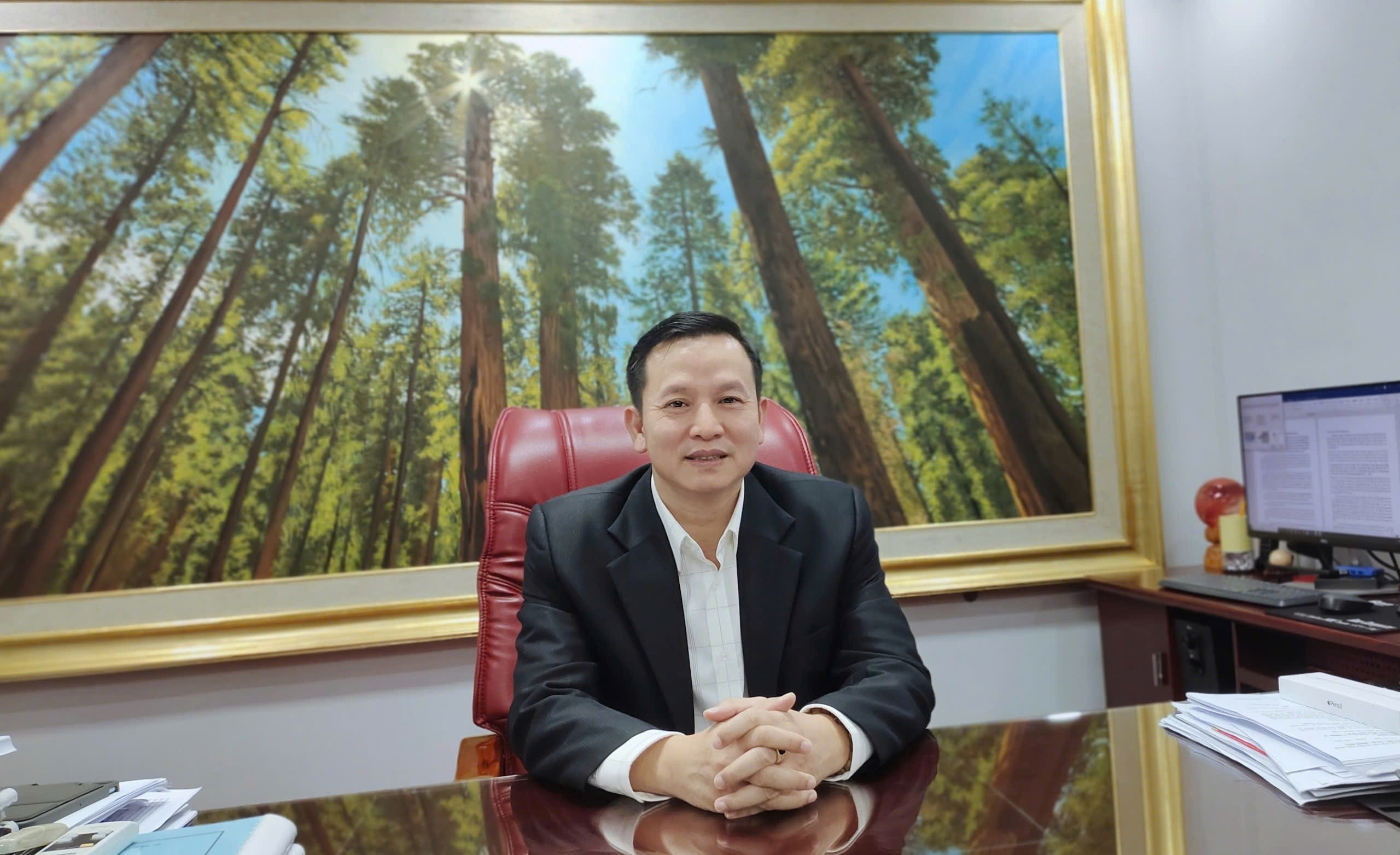
Mr. Huynh Tan Dat - Director of Plant Protection Department (Ministry of Agriculture and Rural Development). Photo: Minh Hue
Urgently develop a set of guidelines on frozen durian
- Recently, the authorities of China and Vietnam signed a Protocol on requirements for inspection, plant quarantine and food safety for frozen durian from Vietnam exported to China. What does this mean for our country's durian industry, sir?
– In recent years, the Plant Protection Department has actively coordinated, exchanged information and made efforts to negotiate technical aspects with the General Administration of Customs of China (GACC) for a number of potential fruits, including fresh durian and recently frozen durian. We must affirm that the durian industry plays an important role in Vietnam's agricultural export turnover. At the same time, the income of farmers in durian production has been increased, contributing to the socio-economic development of the locality.
Therefore, the signing of the Protocol on Vietnam's frozen durian products officially exported to China has many important meanings for Vietnam's agricultural sector.
Firstly, it contributes to diversifying products and increasing export value: Previously, Vietnam mainly exported durian in the form of fresh fruit. This protocol allows the export of frozen durian, helping to diversify products and meet the increasing demand of the international market. This also helps increase the export value of Vietnamese durian thanks to its longer shelf life and easier transportation.
Promoting domestic production and investment: With a potential market like China, Vietnam’s durian industry will attract more investment in preservation, processing and logistics technology. This will not only improve product quality but also create more jobs and economic growth for durian production areas.
Increased competitiveness with other countries: Countries like Thailand have had a big advantage in exporting durian to China. However, with the signing of this Protocol, Vietnam has the opportunity to improve its competitiveness by providing high-quality durian at reasonable prices, while taking advantage of the flexibility in the form of frozen exports to gain market share.
Solving the problem of domestic consumption: Vietnam has a large durian output, expanding exports to China helps reduce domestic consumption pressure and avoid oversupply, thereby stabilizing domestic prices.
Strengthening Vietnam-China trade relations: China is the world's largest consumer of durian. The signing of this Protocol not only helps strengthen trade relations between the two countries but also opens up opportunities for other Vietnamese agricultural products to access the Chinese market more easily in the future, playing an important role in maintaining a stable supply chain between the two countries, especially in the context of many fluctuations in the international market.
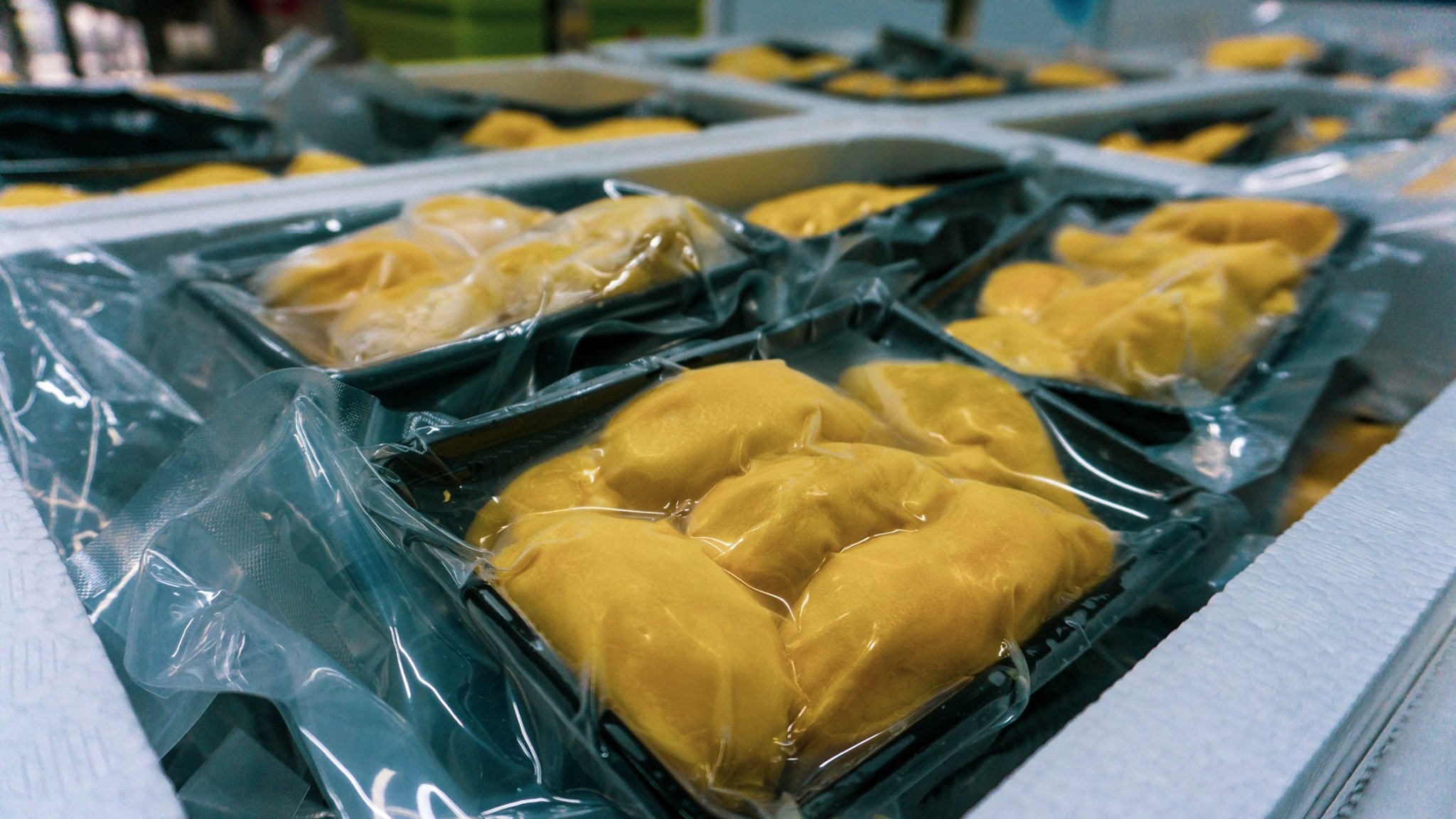
Frozen split durian products at Bau Nghe Fruit Cooperative. Photo: Ba Dao
-Can you tell us some of the main requirements of China for frozen durian? When will we have official instructions?
– According to the content of the Protocol, frozen durian ( Durio zibethinus ) includes whole durian fruit (with shell), pureed durian (without shell) and durian pulp (without shell), originating from fresh, ripe durian fruit grown in Vietnam.
Frozen durian exported from Vietnam to China must be hand-selected to remove rotten and damaged fruits and ensure that they do not contain foreign metal impurities. The product must be frozen at -35°C or lower for at least 01 hour until the core temperature reaches -18°C or lower and maintained at this temperature throughout the storage and transportation process.
Raw materials of frozen durian exported from Vietnam to China must originate from durian gardens registered with Vietnam.
The Vietnamese side will inspect the facilities producing, processing, and preserving frozen durian exported from Vietnam to China and introduce qualified enterprises to the Chinese side. Qualified enterprises must be registered with the Chinese side. Only after registration can enterprises export products to China.
Packaging materials for frozen durian exported from Vietnam to China must be clean, hygienic, unused, and comply with food safety and hygiene and plant quarantine requirements.
During the storage and transportation of frozen durian, the requirements of the International Food Standard – “Code of Practice for the Processing and Handling of Quick Frozen Foods” (CAC/RCP 8-1976) must be met.
Immediately after the Protocol was signed, the Plant Protection Department urgently developed a set of guidance documents and will organize propaganda and training for localities as well as related organizations and individuals in the next few days. At the same time, the Plant Protection Department closely coordinated with the General Administration of Customs of China to carry out inspection, assessment and registration of enterprises qualified to export to China.
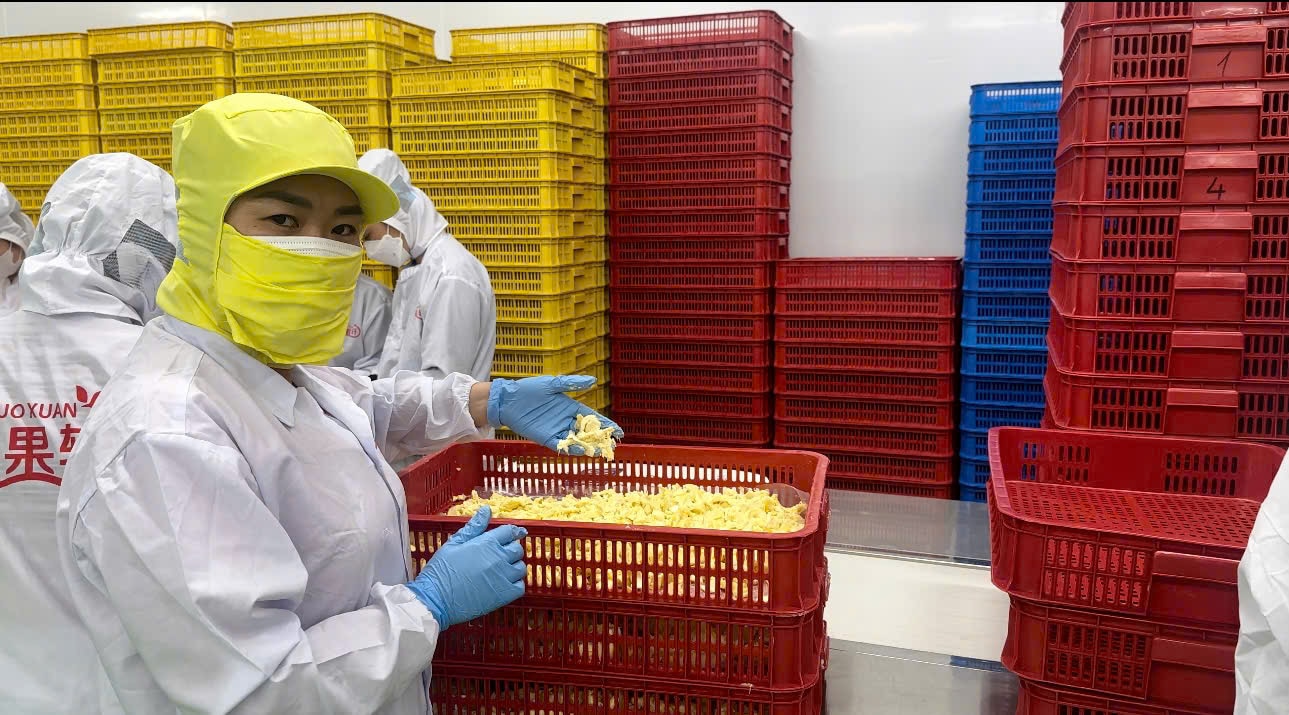
Durians that do not meet export standards in fresh form are often separated into segments by businesses, taking the durian pulp to process into many different types of products. Photo: MH
- Up to now, how have export enterprises and durian growers prepared to take advantage of good opportunities from the Chinese market? How do you evaluate the capacity of current enterprises and packaging facilities?
– To take advantage of opportunities from the Chinese market, export enterprises and durian growing areas in Vietnam have made significant preparations such as improving product quality; upgrading infrastructure; organizing training and improving management skills for human resources in the durian industry.
Accordingly, growing areas have made efforts to improve the quality of durian, complying with strict standards on plant quarantine and food hygiene and safety set by China. This includes management, pest control, cultivation, harvesting and use of fertilizers and pesticides in growing areas to ensure product uniformity and reputation, as well as recording and keeping records to serve the traceability of products.
Many packing facilities have invested in advanced technology to ensure that the packaging and preservation process of durian meets export standards to China. This helps increase efficiency and minimize risks during transportation.
In particular, export enterprises pay attention to training and management to ensure that human resources meet the requirements of importing countries regarding production and packaging processes.
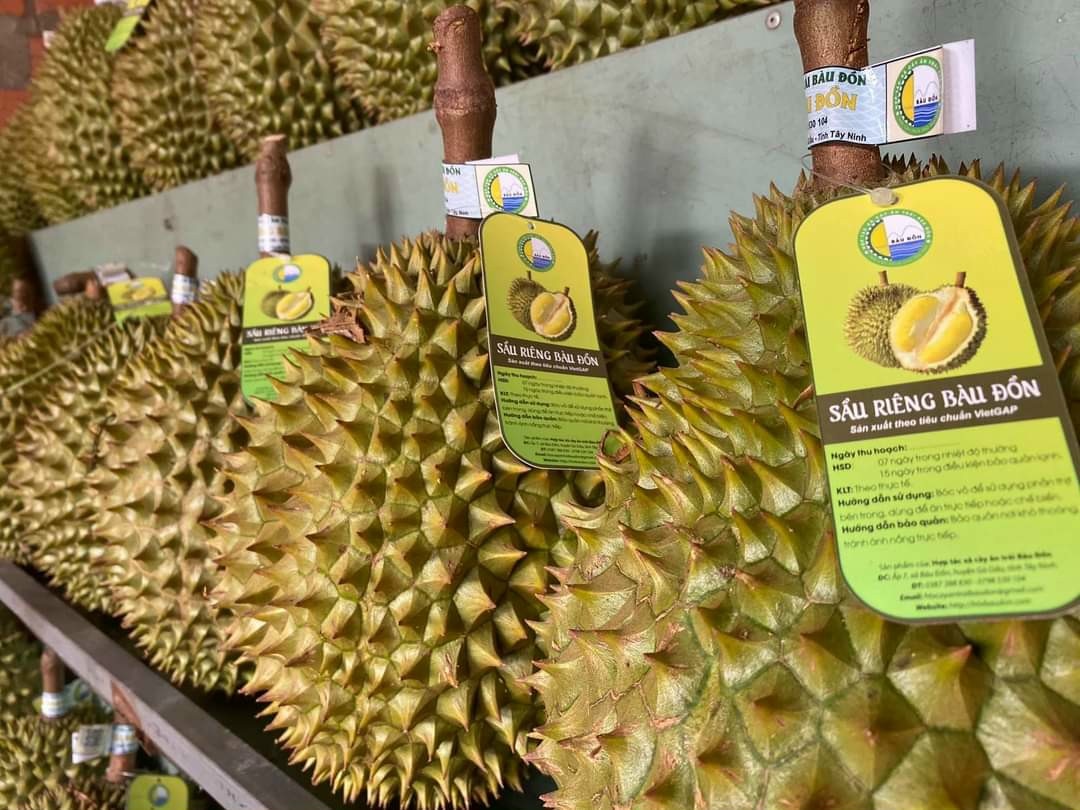
Ri6 durian product of Bau Don Fruit Cooperative (Go Dau district, Tay Ninh province) meets 4-star OCOP standard.
Building durian into a national brand
- In fact, any manufactured product needs to listen and learn about market demand. What advice does the Plant Protection Department have for businesses and durian growers to produce sustainably and limit risks?
– The Plant Protection Department recommends that growers and businesses need to raise awareness, proactively research and understand market needs, especially export markets like China. To produce sustainably and limit risks, I think the first thing is to ensure compliance with quality standards and food safety is the key factor. This helps to orient durian production and export appropriately, thereby optimizing profits.
According to the Department of Crop Production, the total durian area nationwide increased from 32,000 hectares in 2015 to more than 150,000 hectares in 2023, corresponding to an increase in durian output from 366,000 tons to more than 1.2 million tons. It is forecasted that this year, durian output will reach about 1.5 million tons. In the first 7 months of 2024, durian export turnover reached 1.602 billion USD, an increase of 49.8% over the same period last year.
It is necessary to build a tight production chain from the growing area to the packaging facility to serve export; notify the Plant Protection Department and local professional agencies of information about these chains when participating in export activities and to serve traceability when necessary.
Strictly implement internal supervision; coordinate with management agencies to supervise growing areas and packaging facilities according to regulations; organize technical training for workers to understand regulations on export codes.
Strengthen propaganda and training to disseminate to members about codes and regulations of importing countries to raise awareness among members.
Build and control the chain from the growing area (production), packaging facility (pre-processing, processing), export (product consumption) to trace the origin of the product; export shipments must have clear origin. Diversify export markets, do not depend too much on one market.
Strengthen cooperation in research and application of scientific advances in production and post-harvest technology to improve productivity and quality of agricultural products.
-In order to build a Vietnamese durian brand to reach the global market, what conditions do we need? What experiences can Vietnam learn from Thailand's durian industry?
– In my opinion, to make durians meet export standards, we first need to effectively manage growing areas, which need to be coded and strictly managed. This includes compliance with food safety standards, pest management and traceability. Growing areas that meet standards will help increase the international market’s confidence in the quality of products from Vietnam.
Second, we need to build a close link between farmers and enterprises to ensure stable supply and quality. This coordination not only helps control quality but also supports farmers in applying advanced farming techniques.
Third, we also need to invest heavily in research and development of new high-quality durian varieties that meet international market demands. These varieties need to have superior taste, size and resistance to pests and diseases. At the same time, we need to train and transfer technology to farmers on cultivation and care of the plants. This helps ensure that new varieties are properly planted and cared for, thereby increasing productivity and quality.
In addition, it is also necessary to seek and expand new markets where there is a large demand for tropical fruits. Expanding the market will help reduce the risk of dependence on a single market.
And finally, it is necessary to identify the construction of durian as a national brand, building a comprehensive policy that includes farmers, businesses, science, technology and infrastructure. Strong brand promotion will help the product be better recognized in the international market.
We all know that Thailand has many years of experience in producing and exporting durian before us. They have established a very professional durian production model, from seed selection to harvesting and processing. They have a strict quality control system and good logistics infrastructure, which helps Thai durian products maintain high quality when exported.
Thailand has also been successful in building and promoting its durian brand. Vietnam needs to learn from this international marketing strategy, from participating in international fairs to using digital marketing channels to introduce its products to global customers.
“To ensure that durians retain their best quality when they reach international consumers, Thailand has invested in a cold supply chain from harvesting, transportation to distribution. It has built supporting infrastructure, modern packaging and preservation facilities that comply with international standards. This has helped Thailand increase the value of durian products and minimize loss during transportation.”
Mr. Huynh Tan Dat - Director of Plant Protection Department (Ministry of Agriculture and Rural Development)
Thank you!










![[Photo] Explore the Great Wall of Water in the Suburbs of Beijing, China](https://vphoto.vietnam.vn/thumb/402x226/vietnam/resource/IMAGE/2025/5/5/c2e706533d824a329167c84669e581a0)








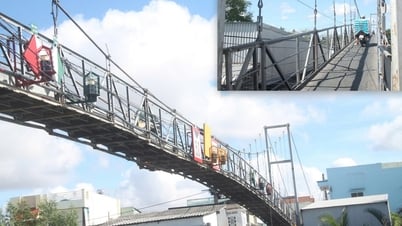














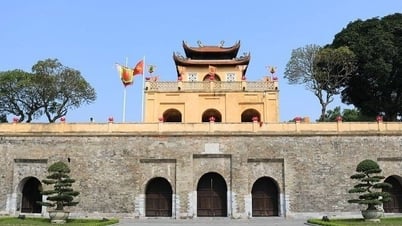



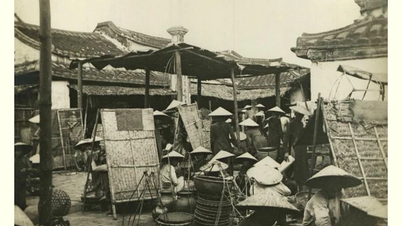










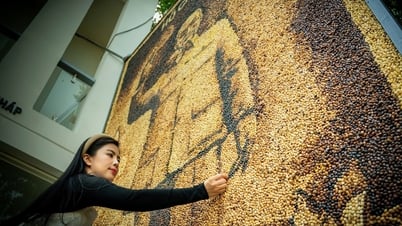






















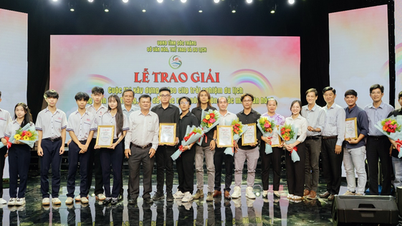

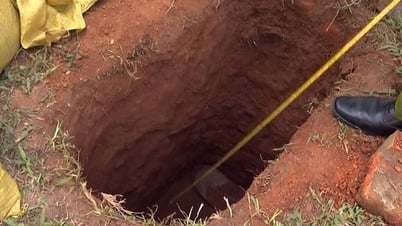




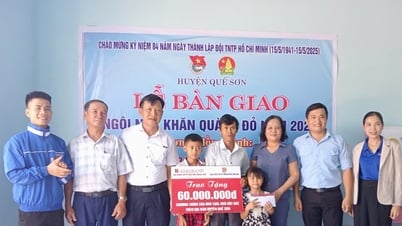

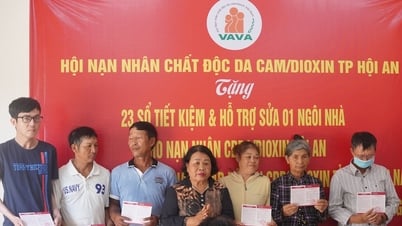












Comment (0)